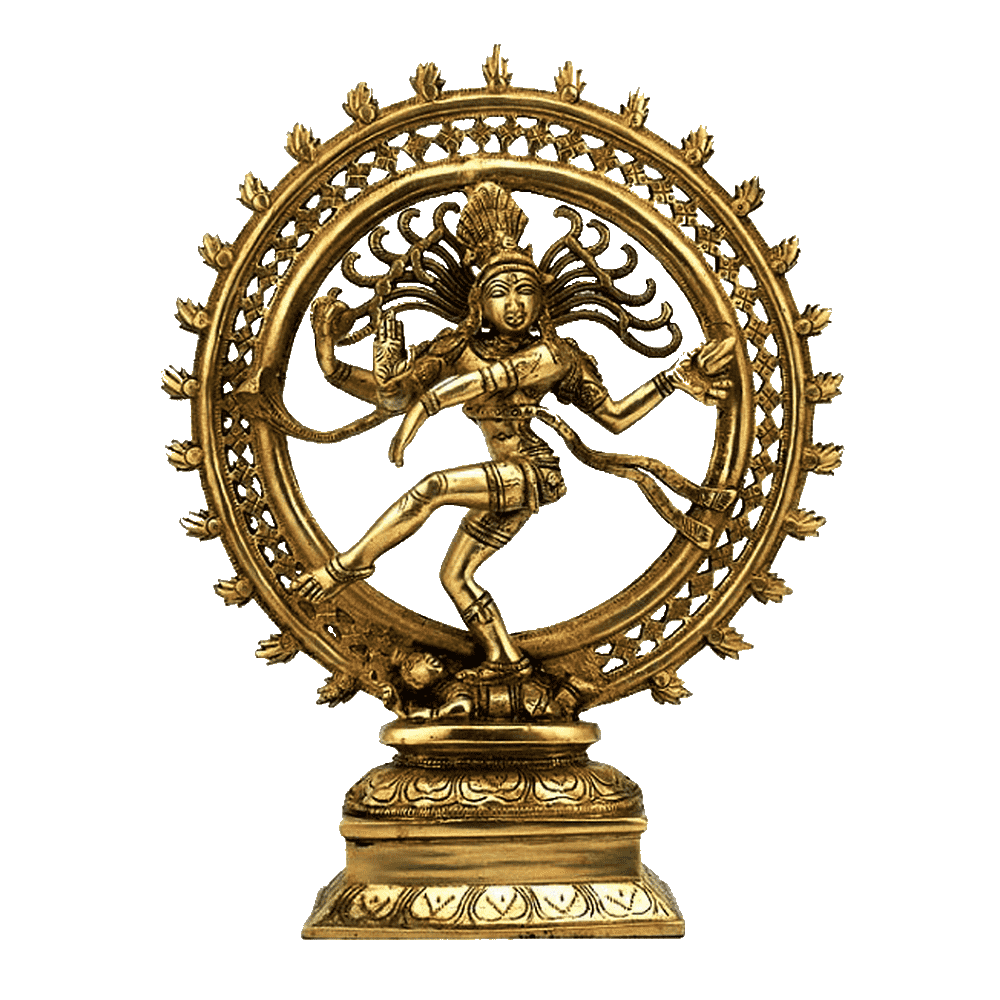
Śākta – Kālī Traditions
Exploring the Divine Feminine in Hinduism
Introduction:
Śākta – Kālī traditions are a vibrant aspect of Hinduism that reveres the divine feminine principle. This article delves into the various goddesses worshipped in these traditions, including Kālī, Kāmākhyā, Tārā, and others. Additionally, we will discuss the Śrīkula tradition and various important texts associated with this rich tapestry of spiritual practices.
Kālī, Kālī Viṣṇu, Kāmākhyā / Kubjika, Tārā, and Others:
The Śākta – Kālī traditions encompass various forms of the divine feminine. Kālī, the fierce and powerful goddess, represents destruction of evil forces and the cosmic energy of time. Kālī Viṣṇu combines the energies of Lord Viṣṇu and Kālī, symbolizing the union of creation and dissolution. Kāmākhyā, worshipped as the yoni (sacred feminine) in Assam, embodies creative energy. Tārā, a compassionate goddess, aids in liberation. Several other goddesses hold significant positions in these traditions, each representing unique aspects of the divine feminine.
Śrīkula Tradition:
The Śrīkula tradition is a prominent sect within Śākta – Kālī traditions that reveres the divine mother as the supreme reality. It embraces a devotional approach to the goddess and emphasizes the worship of Śrī Chakra, a sacred geometric symbol representing the goddess in her manifested form. This tradition places great importance on rituals, mantras, and meditation as means of spiritual connection and evolution.
Prominent Texts and Scriptures:
The Śākta – Kālī traditions have a vast collection of scriptures and texts that guide the spiritual practices of devotees. Some of the prominent ones include Varahi Tantra, Shakta Agamas, Muṇḍamālā tantra, Toḍala tantra, Cāmuṇḍa tantra, Devīyāmala, Mādhavakula, Yonigahavara, Kālīkulārṇava tantra, Kaṇkālamālinī tantra, Jhaṃkārakaravīra, Mahākāla saṃhitā, Kālī tantra, Kālajñāna tantra, Kumārī tantra, Siddhalaharī tantra, Niruttārā tantra, Kālīvilāsa tantra, Utpatti tantra, Kāmadhenu tantra, Nirvāṇa tantra, Kāmākhyā tantra, Tārā tantra, Kaula tantra, Matsya Sūkta / Tārā Kalpa, Samayā tantra, Vāmakeshvara tantra, Tantrajā tantra, and Yoginī tantra.
Conclusion:
The Śākta – Kālī traditions provide a deep and profound understanding of the divine feminine in Hinduism. Through the worship of goddesses like Kālī, Kāmākhyā, Tārā, and others, devotees seek spiritual protection and progress. The Śrīkula tradition emphasizes the devotional aspect of worship and the use of Śrī Chakra for spiritual connection. The numerous texts associated with these traditions provide rich insights and guidance for spiritual practices, making the Śākta – Kālī traditions a significant and revered aspect of Hindu spirituality.
Editor – Kaalchakra Team
[ Note – Before Concluding anything as a Finale, Please Go through Original Scriptures of Vaidik Literature Written in Sanskrit and Also with Meaning of That time of Language. Because English is a Limited language to Explaining the Deeper Knowledge of Vaidik Kaal. ]
